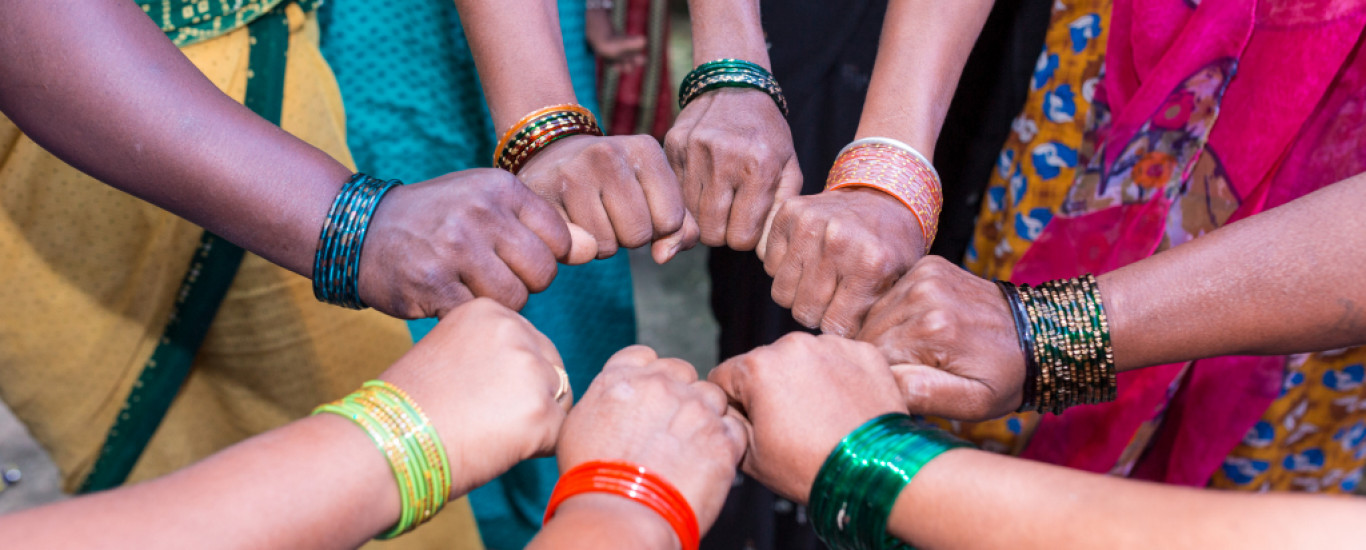September 2021: India offers the most efficient microfinance infrastructure in the world with a size of INR 2.59 lakh crore spread over 600 districts across the country. The model runs on the strength of frontline workers – loan officers who have demonstrated their ability to maintain a deep connect with the customers beyond credit delivery over many decades.
Since pandemic, the microfinance institutions (MFIs) conducted numerous trainings for the frontline workers to follow Industry Code of Conduct set by the Self-Regulatory Organisations on the systematic approach to be adopted for dealing customers with empathy and inquire about their well-being without pushing for repayments. The efforts yielded rich results as collections improved on a per month basis to pre-covid levels, as unlock phase commenced under each wave, reflecting customer resiliency.
These unprecedented times has reinforced the argument of the importance of human touch delivery with an element of digitization in the microfinance business processes. The use of tablets largely has helped improve credit delivery with the support of credit bureaus and efficiently conduct field operations.
A few positive trends emerged during the microfinance journey are worth looking in detail.
- Central and State government providing adequate support
Both the central and state government have taken cognizance of the fact that microfinance sector plays a pivotal role in supporting low-income households lacking access to formal credit. The Ministry of Home Affairs as well as many Disasters Management Department of state governments tagged MFIs under essential services during the lockdown period which showcases the importance of micro delivery channel. The recent announcement from the finance minister further reiterated the importance of microfinance industry and has extended support in form of INR 7,500 crore credit guarantee to support MFIs. Recently, the Assam government announced incentives for microfinance borrowers to regularize their repayments, instead of announcing complete loan waiver and directionally supported the Code of Responsible Lending propagated by Microfinance Institutions Network (MFIN) for microfinance lenders. This has set the right precedent for the industry, which will encourage borrowers to maintain credit discipline and ensure continued access to micro credit delivery channel.
- Adaptable to changes
Historically, the MFIs have showcased their ability to imbibe learnings from any adverse events and have risen to the occasion during testing times. Today over 90% of the disbursements have gone to cashless mode. The genesis of cashless disbursement trend can be tracked back to demonetization where MFIs realized its benefit both in terms of frontline workers safety and operational efficiency. The nation-wide cash crunch event worked in the favour for the industry during COVID-19 pandemic, where the disbursements were done directly to the bank account.
Now with pandemic in play, MFIs are learning the traits to adopt cashless collections in the business model and educate customers to adopt such mediums wherever feasible and keeping intact the group dynamics. It is expected that in the coming few years, digital collections will be an integral part of the business. This will further strengthen the relationship model of microfinance business, while reducing transaction time in the processes.
- Continuous flow of funds
The income generating loans were provided at critical times to support their multiple livelihoods. INR 1.73 lakh crore worth loans have been disbursed since pandemic (in FY 2021) to roughly 6 crore customers, feeding into investment multiplier. This is one of the biggest supply of capital at the bottom of pyramid despite pandemic, and this will not be possible without MFIs effectively playing their role. Over 75% of borrowers falling under essential services category reflect sustainable income stream while maximum flow towards non-discretionary expenses provides cushion to the MFIs to weather any unfavorable externality. The fast moving, high churning, low gestation period businesses coupled with social collateral are the key reasons behind a sub 1% credit cost and uniqueness of the microfinance model among all other asset classes.
The ‘Observe, Learn & Adapt’ approach by the MFIs has proved to be a catalyst to cater to ever-growing credit demand in the hinterland of India under changing contours. The microfinance is pegged for a long-term journey with the current household penetration at only 32%. The learning curve will continue to evolve to set high benchmarks in terms of data penetration, technology, and infrastructure to remain the largest microfinance market across the globe.
New consultative document of the Reserve Bank of India (RBI) on microfinance lenders will perhaps makes this model further flexible and has many elements which can make a formidable lending model to the low-income households.













